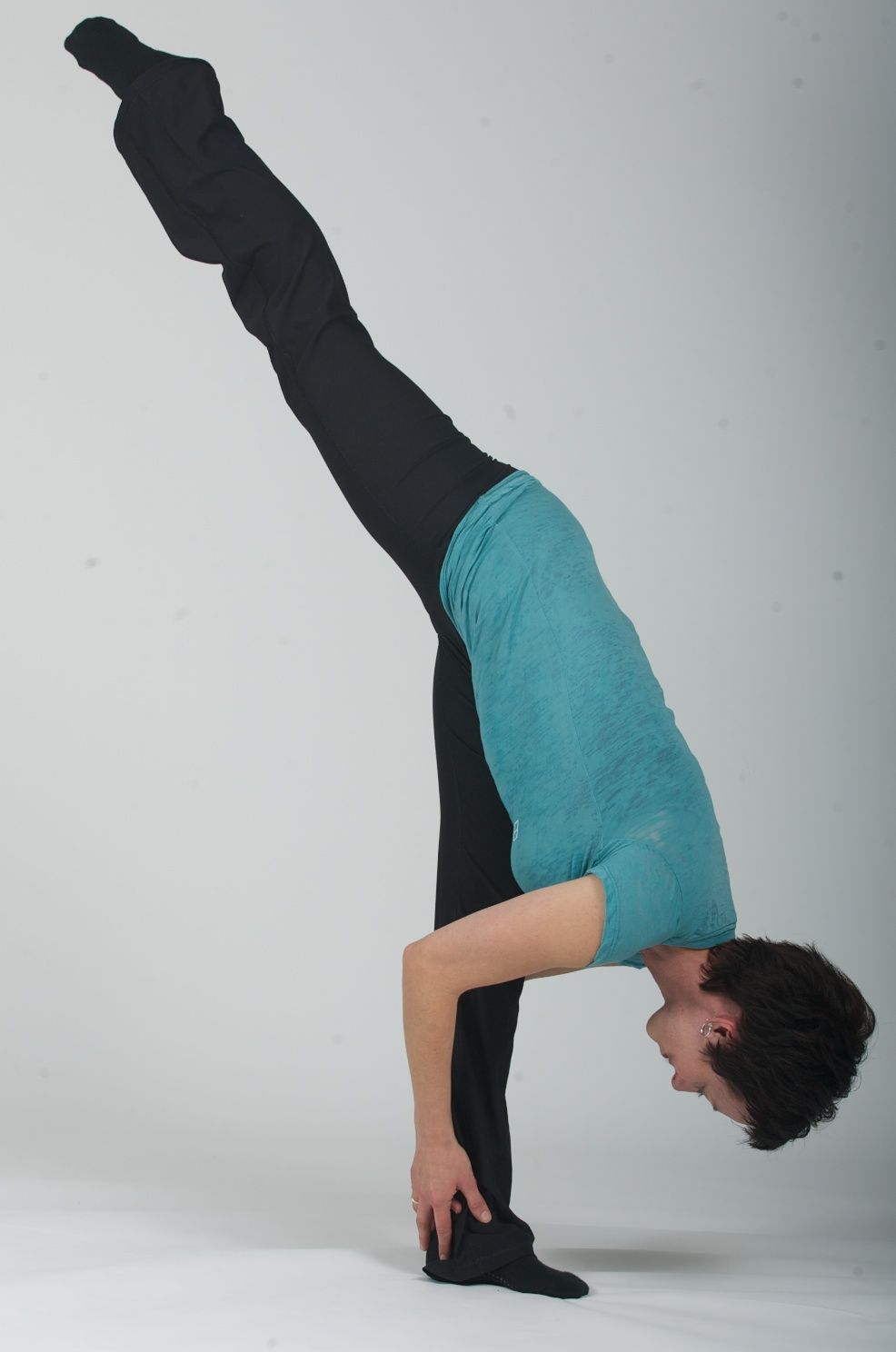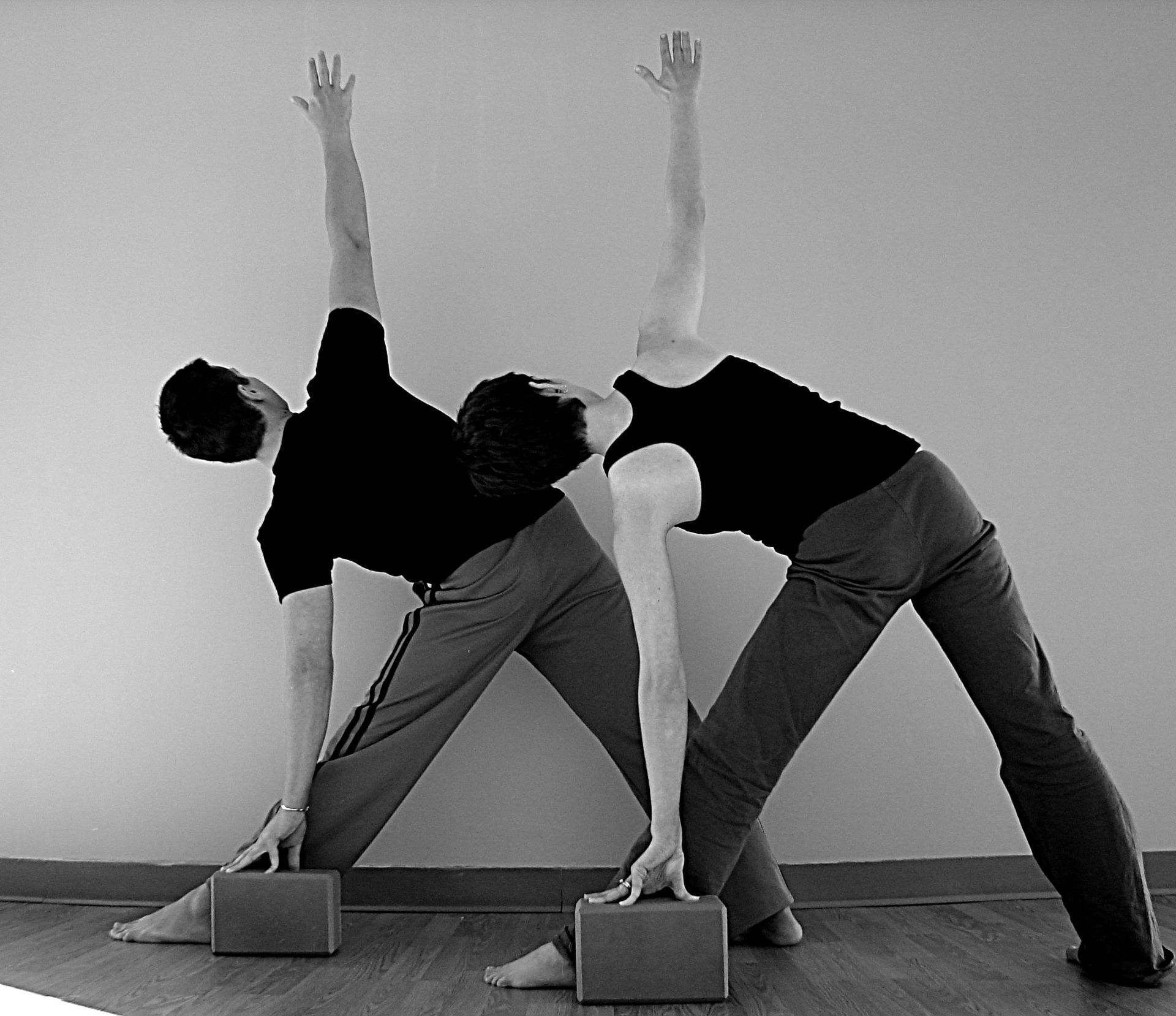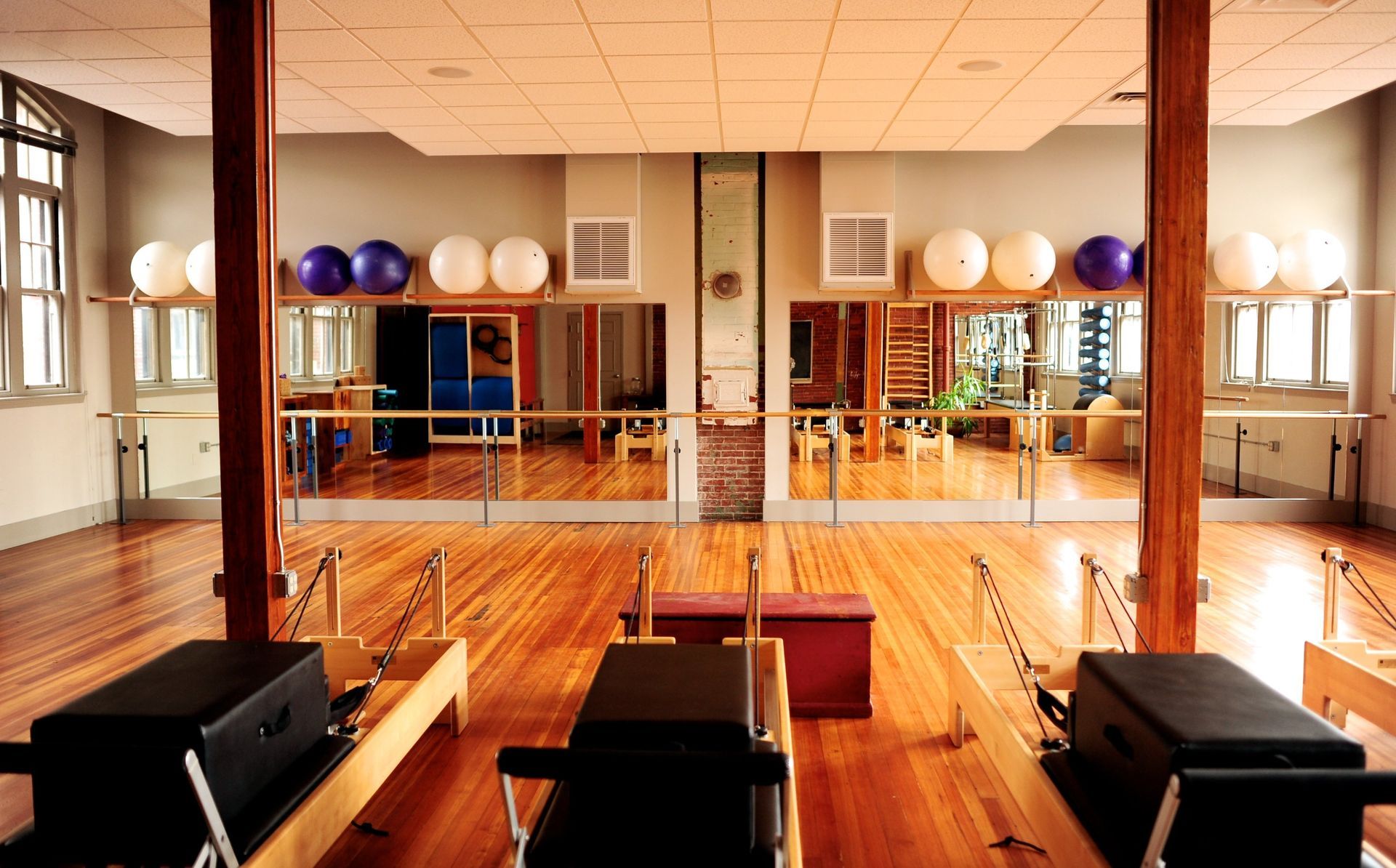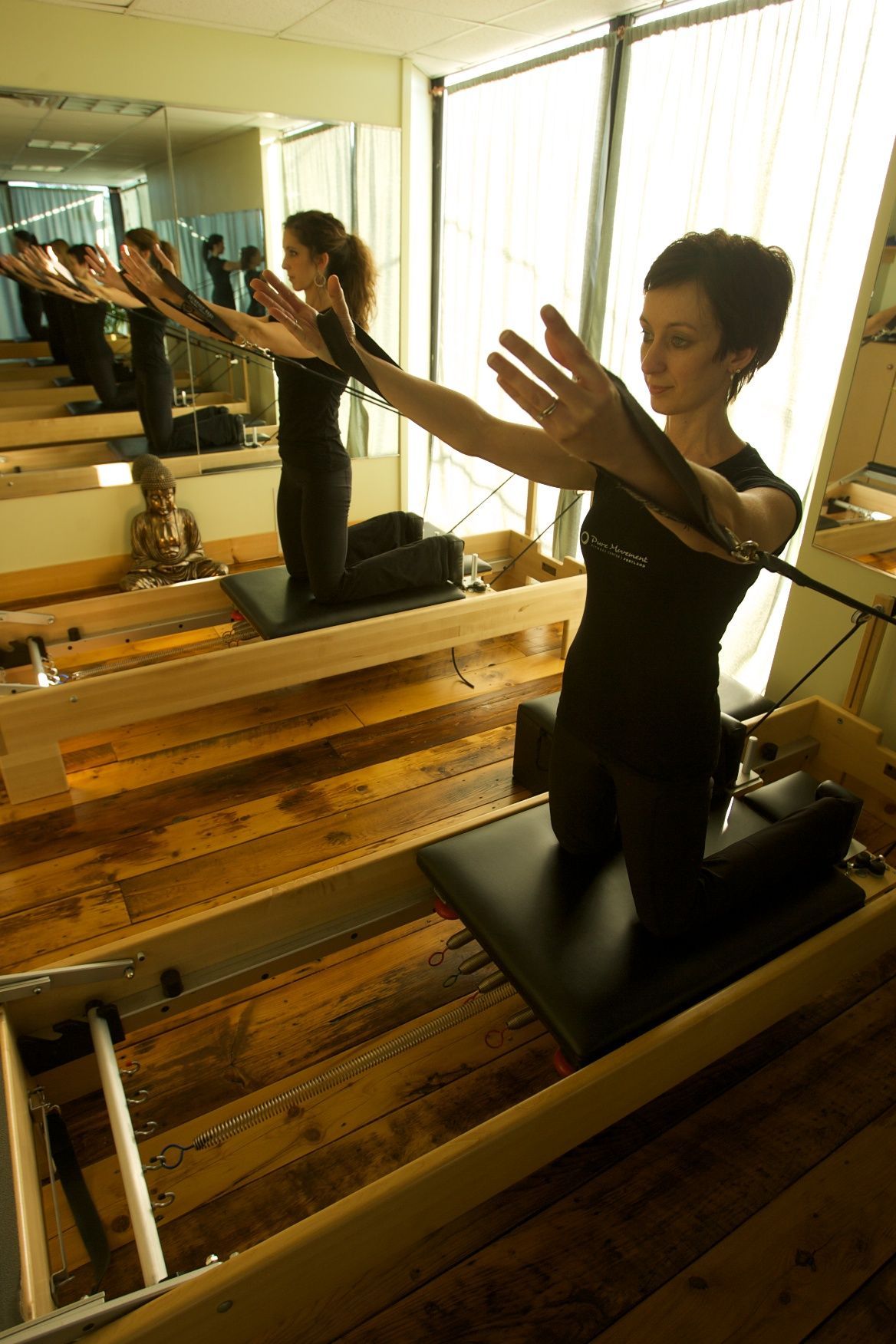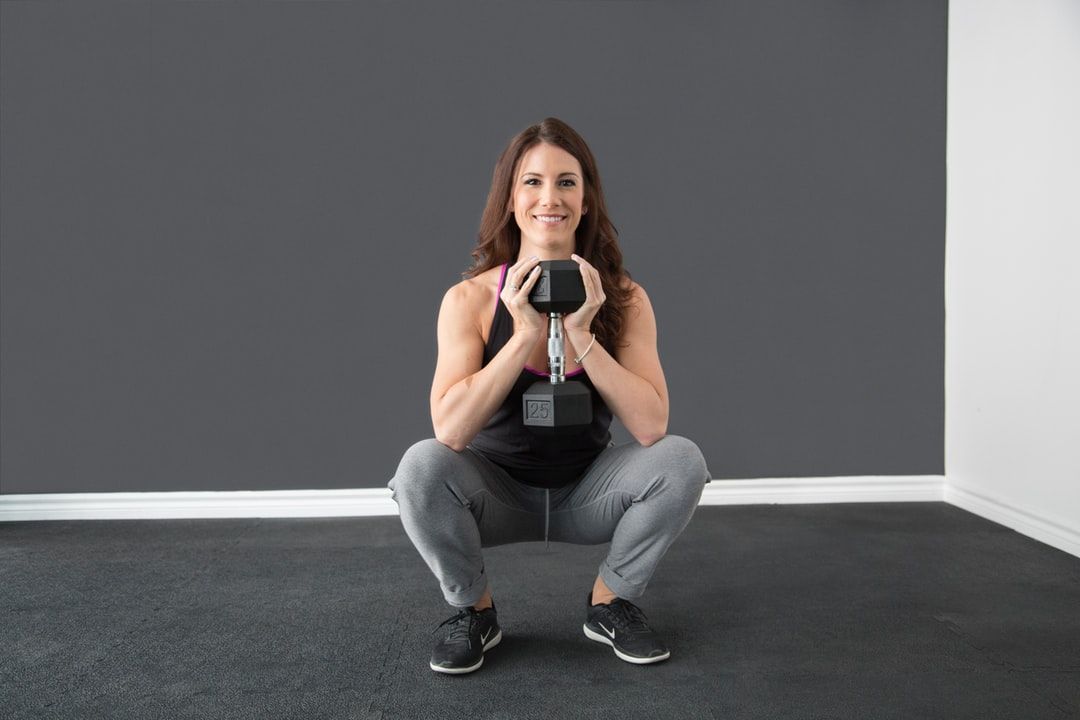Pilates Exercises to Relieve Sciatica
Backed by Personal Experience and Pilates Principles.
Sciatica is one of those conditions that shows up uninvited, overstays its welcome, and leaves you wondering what you did to deserve it. It can range from mildly annoying to completely debilitating. For some, it’s a dull ache in the buttocks or lower back; for others, it’s a shooting, electric pain that zips down the leg, even reaching the toes. And for a surprising number of people, it’s not a one-time event—it’s a recurring guest.
According to the Cleveland Clinic, up to 40% of people experience sciatica at some point in their lives. Some sources suggest that after age 30, the likelihood only increases. It's often associated with herniated discs, spinal stenosis, or piriformis syndrome, but sometimes it shows up without a clear structural cause, adding another layer of frustration to an already painful experience.
I know the pain personally.
My Sciatica Story: Pain, Pilates, and Persistence
In 2020, I herniated a disc in my low back—L5-S1, to be exact. I was navigating the uncertainty of the pandemic like everyone else when the pain began creeping in. At first, it felt like a mild strain. But soon, I was experiencing searing sciatic pain that shot from my glute down my leg all the way to my toes. Sitting, lying down, and sometimes even standing became unbearable.
For a while, I panicked. I’m a Pilates and Barre teacher—how could my own body betray me like this? But eventually, I stopped fighting it and started listening.
With the guidance of physical therapists and a return to my Pilates foundation, I found my way back. Now, anytime I feel the faintest flare-up, I know what to do. It’s not about pushing through; it’s about tuning in.
In this blog, I’m sharing the Pilates-based exercises that helped me relieve my sciatica, and more importantly, prevent it from coming back.
Why Pilates for Sciatica Relief?
Pilates emphasizes spinal alignment, core control, breath awareness, and balanced strength—exactly what you need when dealing with a nervous system that's inflamed or compressed. It also teaches you to move with intention, which is crucial when your body’s throwing off pain signals.
In other words, Pilates doesn’t just help you move more—it helps you move better.
Before we dive into exercises, a quick reminder:
Sciatica is a symptom, not a diagnosis. Always check with your doctor or physical therapist before starting a new movement routine. That said, these exercises are gentle, functional, and have helped many—myself included—find relief.
Step One: Find Neutral Spine
Whether you’re in pain or proactively working to prevent it, finding neutral spine is the first step.
▶️ Lying Down Version
Lie on your back with your knees bent and feet flat. Use your hands to feel the bony landmarks:
- Pubic bone
- Hip bones (ASIS)
Imagine the pubic bone and ASIS are on the same horizontal plane—like a bowl of water that you don’t want to spill. You shouldn’t be tipping the pelvis forward (causing your back to arch) or tucking it under (flattening your back completely). Instead, you find the "just right" spot.
▶️ Standing Version
Stand with your back against a wall. Feel the back of your head, shoulders, and sacrum connect to the wall. Gently tilt your pelvis so that your ASIS and PSIS (the front and back of the pelvis) feel level—like they're in the same plane.
This posture sets the foundation for all safe movement.
Step Two: Swan Prep (Gentle Spinal Extension)
Contrary to popular belief, flexing forward is not always the best solution for back or sciatic pain. In fact, gentle extension can be a game-changer, especially when nerve roots are being pinched by a herniated disc.
▶️ How to Do It:
- Lie on your stomach, legs extended, forehead on the mat.
- Bend your elbows and place your hands under your shoulders.
- Engage your abdominals slightly to support the spine.
- Press into your palms and gently lift your chest, extending through the spine.
- Keep your pelvis anchored and lift only as high as feels good—this is not a push-up.
This “counter pose” to cat stretch helps to decompress the lumbar area and gently encourage the disc material back into place.
Step Three: Inner Thigh Connection with Pilates Ring (or a Pillow)
This one might sound odd at first—what do inner thighs have to do with sciatica? Quite a bit.
When the adductors (inner thighs) activate, they help cue the pelvic floor and deeper core stabilizers—muscles that offer internal support for your spine and hips.
▶️ How to Do It:
- Lie on your back with your knees bent and feet flat.
- Place a Pilates ring or small ball between your knees.
- Exhale and gently squeeze the ring.
- Inhale to release, staying in control.
- Repeat 10–15 times.
Think of this as a wake-up call for your support system. I often joke that this is my “thigh master meets pelvic whisperer” move. It gets the whole area online.
Other Supportive Pilates-Based Moves
Here are a few additional exercises that may help depending on your pain pattern: They all start lying back to the floor, knees bent.
✔️ Pelvic Tilts
- Gently rock the pelvis forward and back while lying down.
- Helps mobilize the low back without loading it.
✔️ Leg Slides
- With a neutral spine, slide one heel away from the body and return.
- Focus on keeping the pelvis stable—great for control and alignment.
✔️ Toe Taps or Marching
- From a tabletop position, gently lower one foot to the floor and lift.
- A great way to activate deep abdominals without strain.
Sciatica Safety: Listen to the “Traffic Lights”
This is my go-to system for pain awareness during movement:
- Green Light = Keep Going
No pain, you’re good to go. - Yellow Light = Be Mindful
You feel something—tightness, pulling, maybe slight discomfort—but it’s not worsening. Stay slow, stay curious. - Red Light = Stop
Sharp, shooting, or radiating pain? Back off. This isn’t a “no pain, no gain” situation.
Over time, you’ll become better at reading these signals. Fear can amplify pain. Knowledge and gentle movement can dial it down.
Pilates Mindset: Not Just Movement—Management
The magic of Pilates isn’t just in the exercises—it’s in the approach.
You’re not pushing through. You’re inquiring, noticing, adjusting, and honoring your body’s feedback. That’s not weakness—that’s wisdom.
And don’t forget: Sciatica often improves with consistency, not intensity. Small, intentional practice done daily (or almost daily) will get you further than aggressive workouts done sporadically.
If You’re in a Flare-Up Right Now…
- Rest, but not too much.
- Move gently in pain-free ranges.
- Breathe—diaphragmatic breathing helps calm the nervous system.
- Try the three moves above: Neutral Spine, Swan Prep, and Ring Squeeze.
- Apply heat or alternate with cold if that’s been prescribed for you.
- Walk, if you can—it’s underrated and excellent for circulation.
Final Thoughts: You Can Feel Better
If you’re struggling with sciatic pain, know this: relief is possible. With time, consistency, and an intelligent approach to movement, your body can heal.
And if you’re like me—someone who once feared every twinge—you may come to find that these exercises not only relieve pain but become a daily act of care.
Pilates gave me my movement back. It taught me how to be with my body in pain, and more importantly, how to move toward feeling good again.
Keep your green light in sight. Be kind to yourself. And remember: You’re not broken. You’re healing.
Looking for More Support?
If you’re interested in a personalized workout for yourself during sciatica, I'd be more than happy to work with you! If you are a teacher wanting to learn more about programming for clients with back issues, sign up for my newsletter. Healing is a journey—and I’m here to walk it with you.


